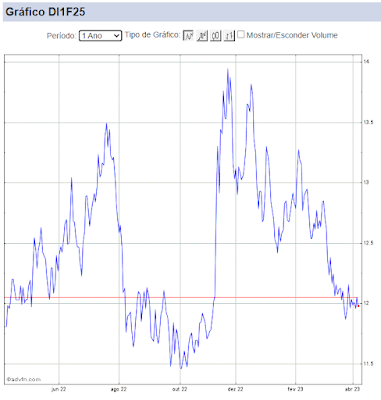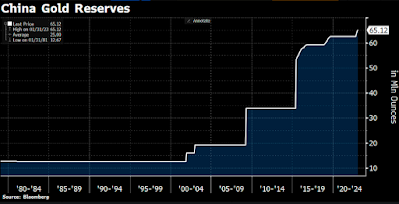Inflection Point?
No momento, vejo duas questões, uma fundamental/estrutural, e outra técnica, que podem influenciar o mercado muito além do debate do timing da próxima alta de juros nos EUA.
De maneira geral, acredito que podemos passar por um período de maior volatilidade e incerteza no curto-prazo, não descartando períodos de piora rápida e acentuada dos ativos de risco. Contudo, não vejo o cenário ainda construtivo de médio-prazo sendo totalmente revertido. Minha recomendação é para apertar os cintos, buscar hedges, mas não perder o foco nos ativos que ainda apresentem fundamentos positivos, valuations atrativos e yields elevados.
Em termos fundamentais/estruturais, cresceu o debate em torno da possibilidade dos principais bancos centrais ao redor do mundo estarem mudando, de certa forma, a atuação de suas políticas monetárias, o que poderia levar uma mudança no formato das curvas de juros desses países/regiões (Europa, Japão e EUA). O Morgan Stanley resumiu bem essa questão:
After the surprising comment from ECB President Draghi that the ECB had not even discussed extending QE hit the European long end hard Thursday, pulling Treasury yields much higher in sympathy, a Reuters report overnight Friday ('UPDATE 1-BOJ studying options to steepen bond yield curve-sources") that the Bank of Japan wants to steepen the Japanese yield curve contributed to heavy losses in long end JGB's, which helped extend the selloff in the U.S., Europe, the U.K., et al. According to Reuters, "BOJ officials have become increasingly wary of the costs of a flattening yield curve, such as hurting bank profits, especially as its controversial decision to adopt negative rates in January has made matters worse. Bank bureaucrats are brainstorming ways to cut short- to medium-term bond yields, which affect corporate borrowing costs the most, while pushing up super-long yields from undesirably low levels, the sources said on condition of anonymity."
But nerves have clearly been rattled by such an abrupt, globally-synchronized backup in long-end yields triggered by rising questions about whether we could be seeing an inflection towards less accommodative global central banks. Or, actually, it would be more accurate to characterize it as "hopes have been boosted" for a good portion of the rates markets investor base, including real money investors like pension funds and insurance companies and much of the macro community, that would badly like to see higher yields and for whom the move to record lows in July was painful. A key context for the U.S. part of this is that as of the end of June the Treasury market was 57% owned by non-U.S. investors (excluding Fed holdings), 10.5% of which was Japanese investors, so what happens to yields in Japan, Europe, and the U.K. naturally has immediate implications for Treasury valuations even setting aside anything specifically happening in the U.S. A rise in the 40-year JGB yield to 0.59% from a low of 0.08%, with possibly more to come if the BoJ really were to try to deliberately steepen the curve, looks relatively not so unattractive now compared to a 30-year Treasury bond that on a 3-month currency-hedged basis yields about 0.85% for a Japan-based investor.
A questão técnica recai sobre alguns modelos de gestão que utilizam parâmetros de risco na alocação de recursos (CTA, Risk Parity, Variable Annuities, VaR Risk ente outros). Nos últimos meses, vivemos um período de volatilidades baixas e correlações em linha com as correlações históricas. Caso o aumento da volatilidade continue, e as correlações de algumas classes de ativos sejam invertidas – como na sexta-feira, em que vimos uma queda dos bondse de equities – poderemos observar novas rodadas de rápida e acentuada deterioração dos ativos de risco.
Segundo outro artigo do mesmo Morgan Stanley:
SPX -2%. Variable Annuities will start deleveraging if realized vol creeps even higher.
Watch for rising stock-bond correlation. While two weeks is not enough to make a trend, the stock-bond correlation has flipped from a typical -60% to +60% over that span. This raises the risks for multi-asset investors and risk parity funds who rely on stocks and bonds diversifying each other.


Comentários
Postar um comentário